

1) Introduction
The introduction typically is the first paragraph of your paper, and it should not exceed a single page. The introduction gives the reader background information relevant to your topic. In other words, it provides an outline of what's to follow. You can also use this section to introduce any new terminology or jargon you'll be using in your essay--if it's not explained elsewhere in the body paragraphs (see below). The last part of the introduction should include the thesis statement for your essay--this is where you explain what you believe on this controversial issue as like essay writing service
2) Topic Sentences
Every body paragraph begins with a topic sentence. This concise statement sums up the main point being made in that paragraph, while posing an introductory question or challenging the reader to think critically about the issue. The rest of that paragraph should make an argument in support of your topic sentence, or it should provide evidence as to why you believe it does make a good argument.
3) Supporting Details/Examples/Specifics (Don't use cliches!)
At this point, you can go into more detail about what you've written in your topic sentence--offer specific examples and details. Make sure all of these have been cited in your Works Cited page! You don't want to plagiarize anything from other sources... And do not use any cliche statements - if possible, avoid using phrases like "God helps those who help themselves" because they are so commonly used that they have lost all of their meaning. Your essay should be original and your own words like essay writing services guide.
4) Conclusions/Summaries
Each body paragraph should end with a conclusion or summary sentence that restates the main point being made in the paragraph so far, and leads into the next one. It might also pose another question for the reader to consider. Look at it as a way of transitioning between two (or more) points you want to make. This is where you can include some researched statistics or information about current events relating to your topic from reputable sources if need be, but always cite them! For example: You may feel that [topic], because of [reasons A-C]--but what do others think? What do you think is an appropriate punishment for [crime] while still respecting the rights of [victim] and their family?
5) Works Cited Page
It is vital to have a works cited page at the end of your essay. It should include all (or at least most!) sources from which you gathered information, so that anyone interested in checking them can easily find them if they wish to do so. Furthermore, it's good practice to include some additional sources that one wouldn't necessarily need as evidence or authority for your argument--these help demonstrate just how much research was done on this topic, and that there was more than one viewpoint considered! Use these extra resources to bolster your own argument. Be sure to give the exact title, author, publisher and publication date for each source you cite. And if possible, use web sources or digital files at this point. It's much easier to find a website under "Google" than it is to find a book in the library card catalog! Don't forget your Works Cited page... as told in best essay writing service
Your essay should be no more than 4 pages long--double-spaced (please!). Be sure that you follow MLA format: 1 inch margins on all sides; 12 point font size (Times New Roman preferred); one full-width line between sections of text; and list your Works Cited page(s) at least 2-3 lines below the end of your essay.
USEFUL RESOURCES:
Features of an A Grade Rhetorical Analysis Essay - 2021 Guide
Tips to Add Footnotes in a Chicago style Document - 2021 Guide
Simple Steps to Writing, Revising and Editing an Essay - Guide 2021